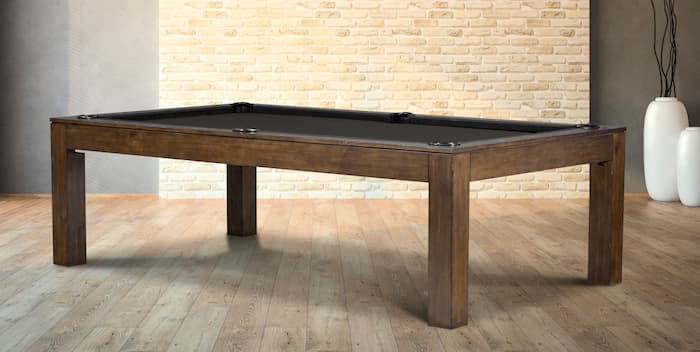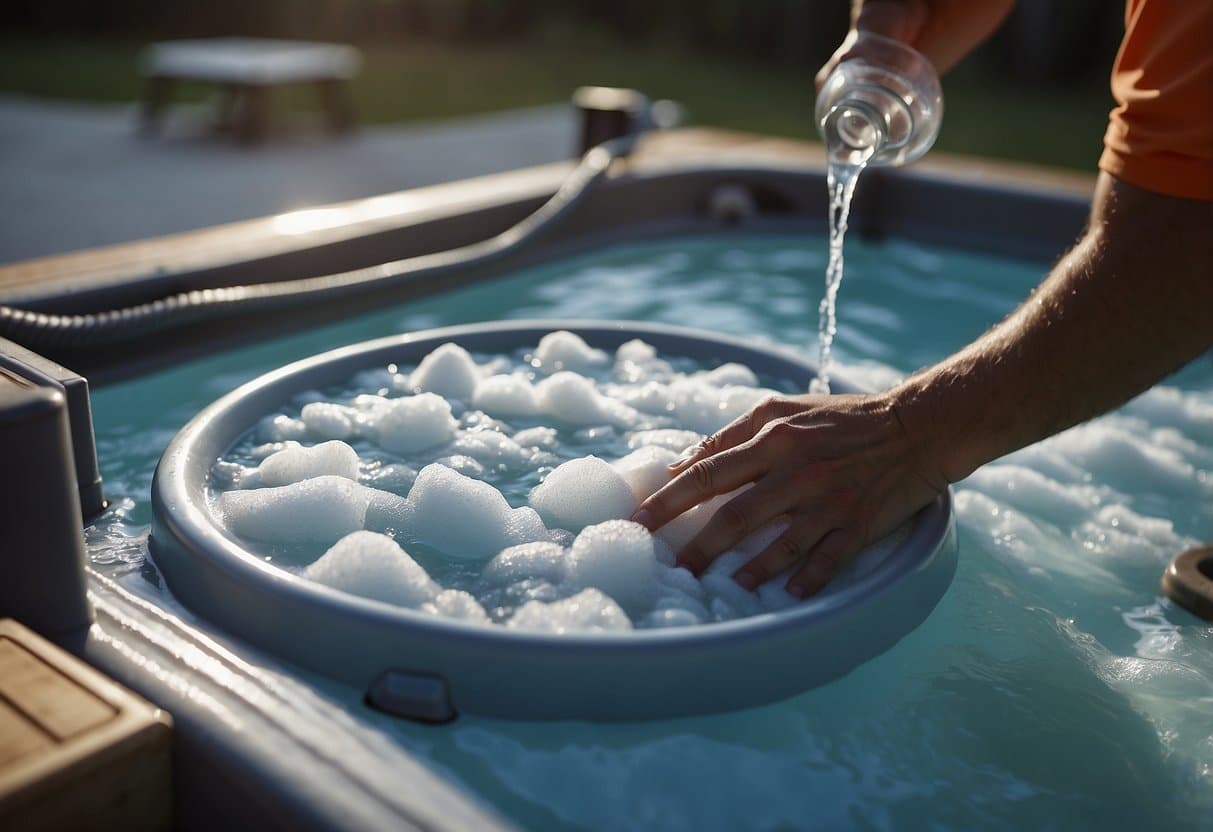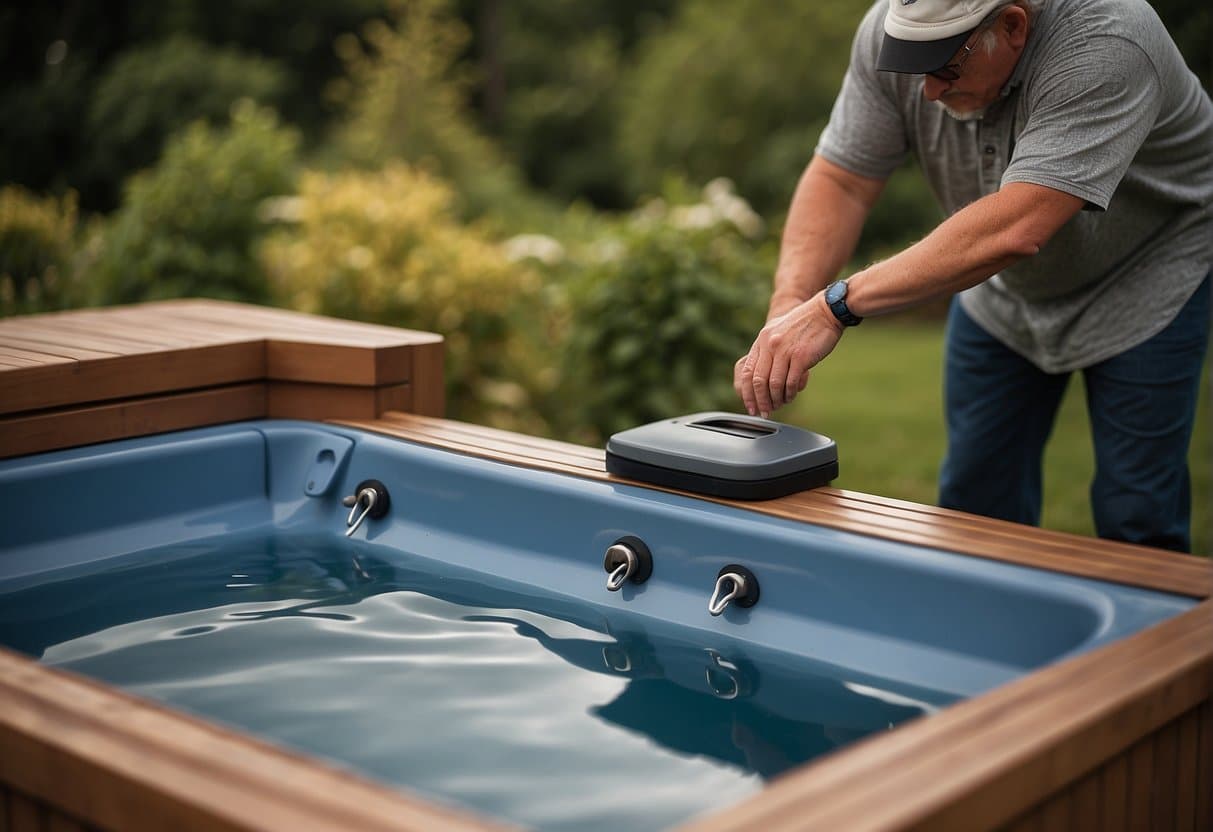
Billiard tables can survive generations when well kept. That said, many people replace their tables every half-decade due to wear-and-tear.
Conditions like moisture, sunlight, and debris determine the longevity of a table. Not to mention, how a player treats it before, during, and after use.
While repairs can add years to a table’s life, there are times when a new table is the best option. Here are a few signs that your table might need replacing rather than fixing.
Instability
Playing billiards on an unleveled table is near impossible. Flatness and sturdiness impact shot accuracy and distance. An uneven table is easy to correct—or at least an inexpensive repair. But levelling problems caused by frail structural components are different.
The weakness affects how the table settles and reacts to temperature changes and pressure. A table levelled one day might sag the next if supported by cheap materials. Nevertheless, you can treat wood to prevent or mend these problems temporarily. For example, wood filler for cracks and splinters.
Warping, on the other hand, changes the consistency of angles produced by the rails. It can also loosen the felt and dislodge the pockets from the corners. Warping is much harder to repair. It also signals larger environmental problems a new table might suffer from.
Fraying
Felt on a billiard table lasts an average of three years with moderate-to-heavy usage. Although an expensive repair ripped felt rarely warrants a new table.
Even still, watch for wear along the rails. At no point should the felt bunch or shift. Moreover, fraying and pilling change the texture, which undoubtedly affects how a ball rolls.
Dullness
The rails on a billiard table can retain their bounciness for two decades or more. Unfortunately, things like sunlight and player weight can shorten this lifespan.
Replacing the rails on a table is a lot of work. Depending on how bad the condition, it could be a death sentence.
Here are some ways to test rebound speeds and assess the health of your cushions.
- Shoot a ball at the rail and check its rebound speed. It should slow by 50% on newer tables.
- Listen for dead noises like “thud,” as this may indicate a broken cushion. The rail should produce the same sounds regardless of where the ball strikes.
- Shoot a 45-degree angle firmly into a rail. The ball should contact at least three cushions after the rebound.
- Massage the rails gently with your fingers, looking for grooves underneath the felt.
- Shoot softly at a rail and check to see if the ball rests against it. Ideally, even a soft shot will spring back towards the player.
- Shoot at any angle to see if the rebound is an approximation of the first angle.




